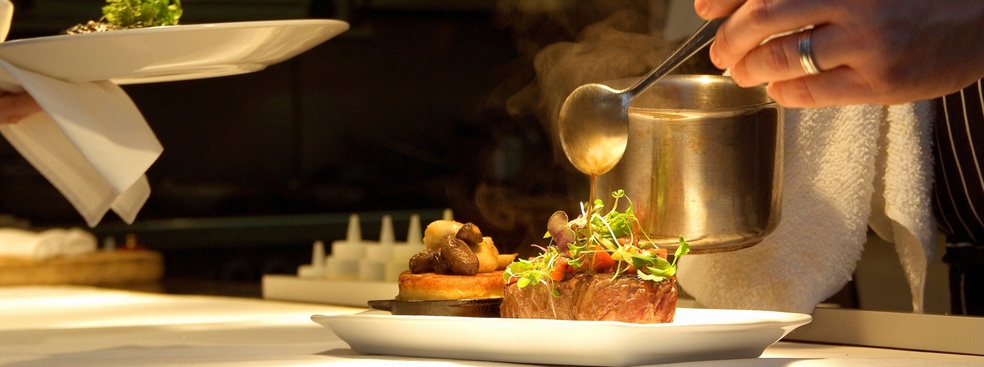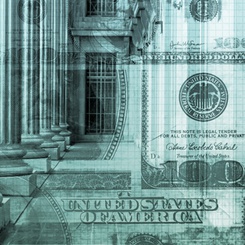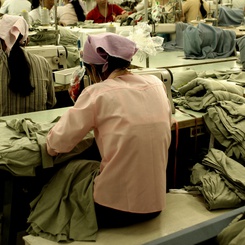“If you were to stop a French person on the street, chances are that they would be able to name at least one starred French chef,” says ProfessorMarie-Léandre Gomez. “Proof that Michelin’s definition of ‘Haute Cuisine’ has become an integral part of France’s cultural identity. It’s also become one of France’s prime cultural exports.”
Indeed, as an expert of organizational learning in both major organizations and entrepreneurial ones, Professor Gomez’s has focused a great deal of her research on the impact of rankings and standards on gourmet chefs. Her most recent work focuses specifically on the Tokyo Michelin Guide, and the rise of this city as a major culinary hub.
International cuisine, à la française
Established in 1900, the Michelin guide quickly took on an international dimension, conquering Belgium, England and Italy during the first half of the 20th century, and moving on to America and Asia in the 21ist century. The strategy hasn’t been to sell one French guide to international audiences, but to carefully manage its introduction and launching to work for its local audience and cuisine.
“In this respect, the Tokyo and Kyoto guides in particular have been a remarkable success. No guide of its kind had existed beforehand in the region. That said, French haute cuisine standards for excellence seemed to fit with the existing, more implicit Japanese standards for cleanliness, quality, creativity and savoir faire. In this respect the Japanese incarnations of the Michelin Guide filled a niche,” she explains.
“Of course, the already strong internal recognition of the Michelin Star brand also played a role,” says alumni Gwendal Poullennec, International Development Director for Michelin. “Its influence on professionals is considerable. In most countries, this is the first brand that comes to mind people when they are looking for a hotel or a quality restaurant.”
According to Prof. Gomez, Michelin’s experience in Japan sums up the strength of the Guide as a French cultural vector: while local chefs prepare Japanese recipes using Japanese ingredients, the guide has adapted its process to keep the same level of expertise, for example by recruiting inspectors who are highly knowledgeable regarding Japanese cuisine and culture.
So does this mean that Tokyo has replaced Paris as ‘world’s gastronomy capital’? “Not exactly. French chefs have always been attracted by Asia, and the Michelin guide reflects this,” says Professor Gomez. “It’s become for a Paris 3 star restaurant to turn a profit. Business models are changing and restaurants in Asia are just more easily profitable.”
“But above all, the Michelin star is still the highest aspiration of a chef: it’s on this that they base their legitimacy and subsequent culinary ventures.”
Further Reading:
"Creativity in Haute Cuisine: Strategic Knowledge and Practice in Gourmet Kitchens", published in Journal of Culinary Science & Technology
"De la France au monde. Le Guide Michelin, vecteur du rayonnement de la marque France ?", published in Revue Française de Gestion









